During the ten-month blockade of Artsakh, hundreds of pregnant women endured fear and deprivation instead of experiencing the joy of approaching motherhood.
According to official data, 110 children were born in Artsakh during the blockade, and eight children were born in Goris amidst the ethnic cleansing of Artsakh.
Anahit Lazaryan, Martakert Region, Getavan Village
I’m originally from Metsamor, Armenia, but my family moved to Artsakh when I was in 9th grade. I continued my education there, earning two degrees, and also met my husband. I worked as a history teacher in our village school.
Our village was at the line of contact and my husband served as a police officer. When it all started we sought shelter in a neighbor’s house, which was in a slightly better position than ours. We remained there until 4 p.m., when the village mayor sent word that the enemy was approaching and advised us to evacuate. I quickly gathered whatever clothes I could for my child, and we left.
The village hospital was close by. As an expecting mother, I went there. I was later evacuated from the hospital in an ambulance along with two wounded soldiers.
By nightfall, only men and soldiers remained in the village. When the news arrived that the village was being handed over, they too departed.
When we got to Stepanakert, the bombardment had not stopped. We sought shelter in a basement of a building, where kind people offered us food and blankets as it was very cold.
In the morning, we headed to Khojalu (Ivanyan) airport, that is where my husband joined us.
We stayed at various places until September 25 when, like everyone else, we left Artsakh, in the car of the head doctor from our village.
My contractions began while we were on the road at night. An ambulance passed us, but I didn’t allow it to be flagged down, believing it likely carried wounded soldiers. However, our doctor spoke with the Russian peacekeepers who agreed to clear the road and accompany us. People let us pass, and we made it to Metz Shen and then to the Hakari Bridge. The Azerbaijanis saw that I was pregnant and allowed us to proceed. That is when we saw the ambulance that had passed us by a few hours earlier returning. It rushed me to the hospital just in time for the birth.
Throughout the nine months of living under blockade, it was not so much the scarcity that impacted me, but the uncertainty and tension. I would try not to show it, but I was worried about my husband, my mother, and my two year old daughter.
My child was born two weeks early, weighing 2.5 kg and measuring 48 cm. The children born just before and after mine were all tiny. I think this was due to the final months of the blockade.
Initially, I tried to focus on the positive aspects. I would go to the stores, and buy nice things for the child, hoping that everything would be okay. In the beginning, things were bearable. However, as time went on, the queues for bread, the lack of essentials, the growing stress, and uncertainty affected everyone, particularly expecting mothers.
My only regret is that my child was not born in Artsakh. I wanted Artsakh to be home for my children.
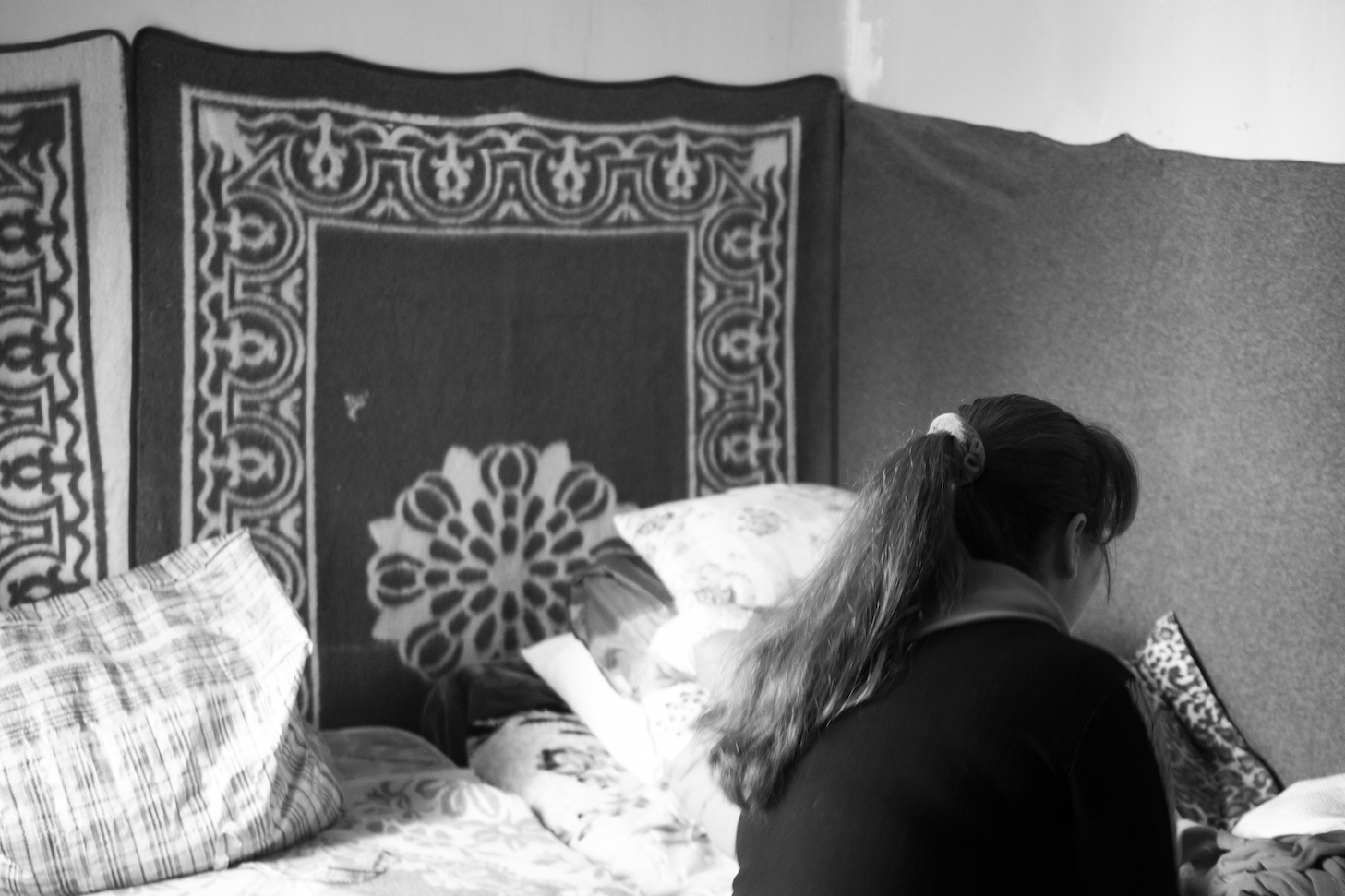
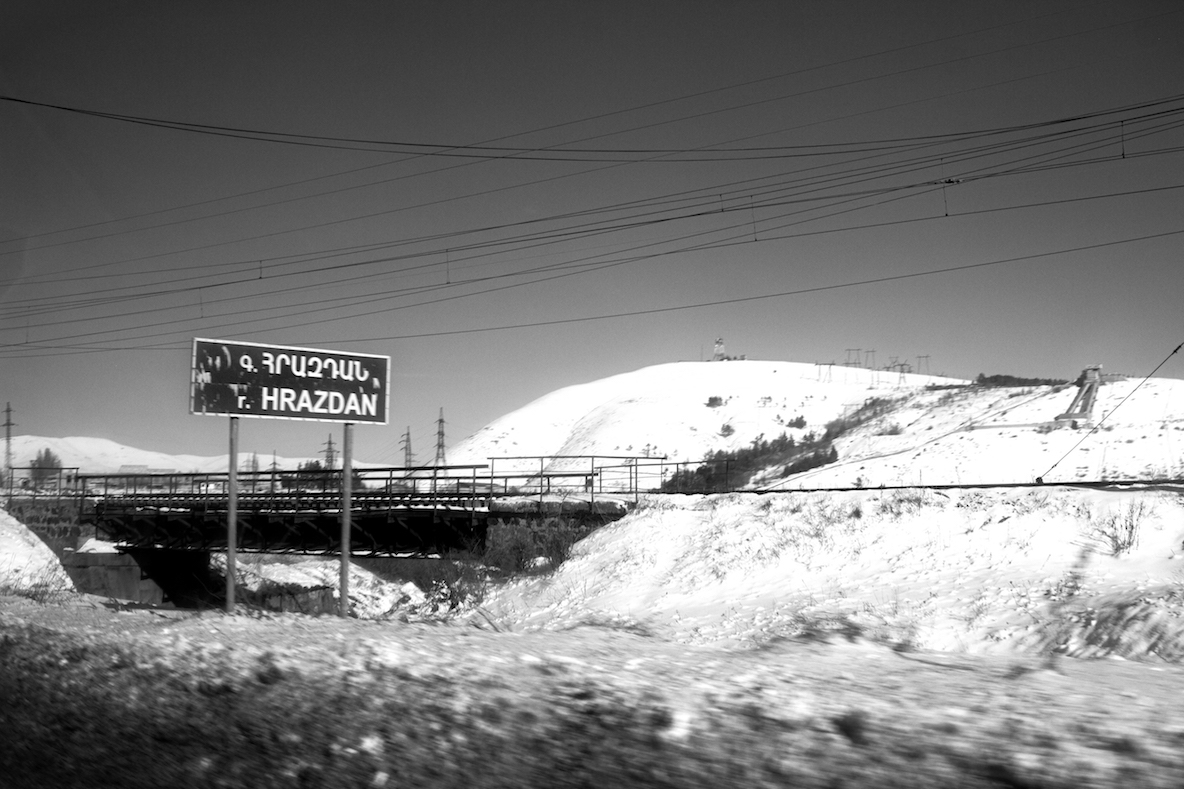
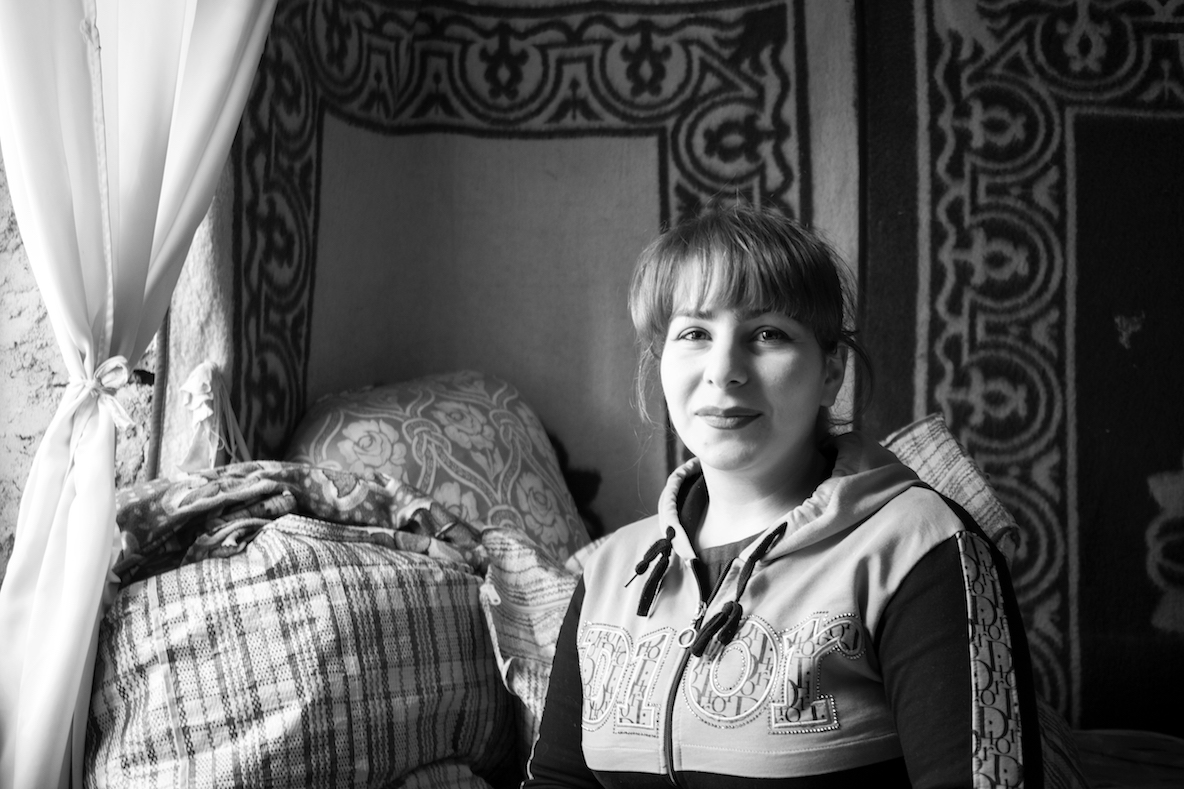
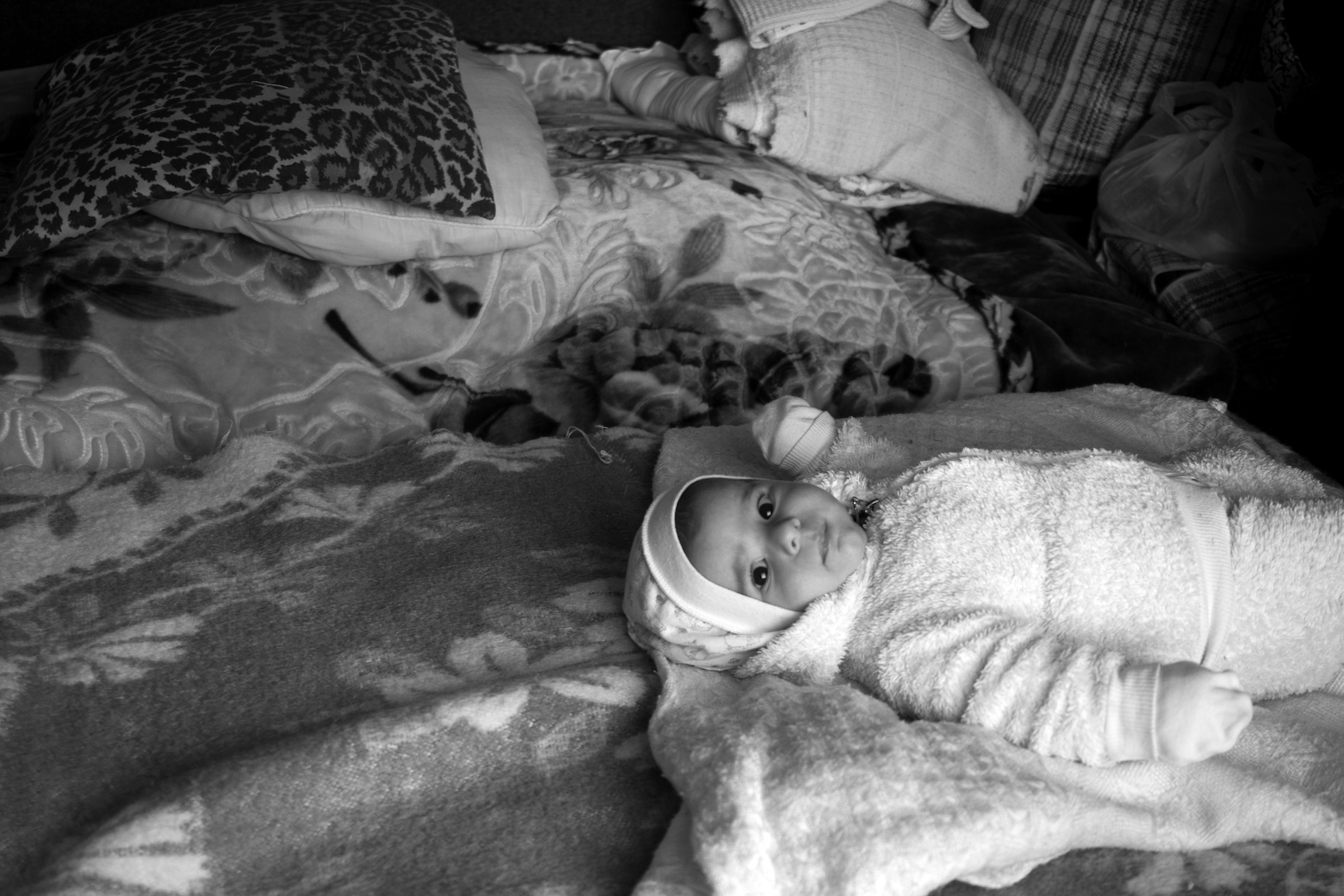
Anahit and her family now reside in a rented apartment in Hrazdan. They plan a move to a more comfortable place soon.
There are 1,100 forcibly displaced families [5,188 people in total] from Artsakh currently living in Hrazdan.
Knar Tonoyan, Askeran Region, Mkhitarashen Village
My child was born prematurely during the blockade. The circumstances were dire, with cold, food shortages, as well as constant tension and fear.
I spent most of my time standing in queues. While waiting to buy fruit, I was pushed and fell. I didn’t feel well and was hospitalized. Fortunately, it wasn’t serious, but that’s when the baby arrived.
I was given the necessary vitamins for a newborn for four months, but then I couldn’t find any more due to the serious baby food shortage. The hospital provided us with some once a month, but it was not enough. My child was not gaining weight, and I was terrified of the potential consequences. Thankfully, things are slowly improving now. After we moved to Armenia, the help we received from people meant we no longer lacked anything.
On the 19th, we were at home, oblivious to what was happening. We were the last ones to evacuate the village. One of the police officers who had accidentally learned that we were still at home, told us to leave immediately. We were unaware of the urgent need to leave.
During our journey to Armenia, we experienced over 24 hours of standstill traffic. Fortunately, a truck driver had a heater which we borrowed to stay warm. The journey was almost unbearable with the children but we somehow made it.
My eldest daughter, who is very active and restless, often asks, “When are we going back?” I do not know how to answer.
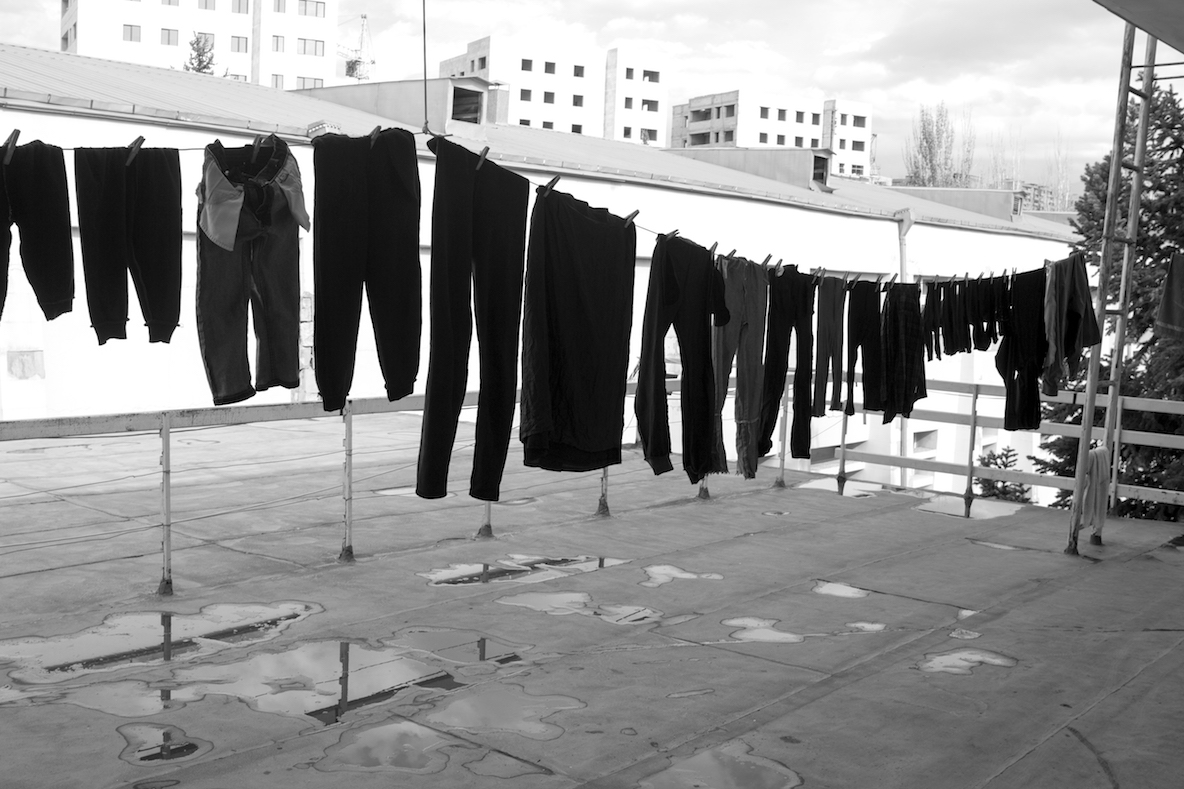
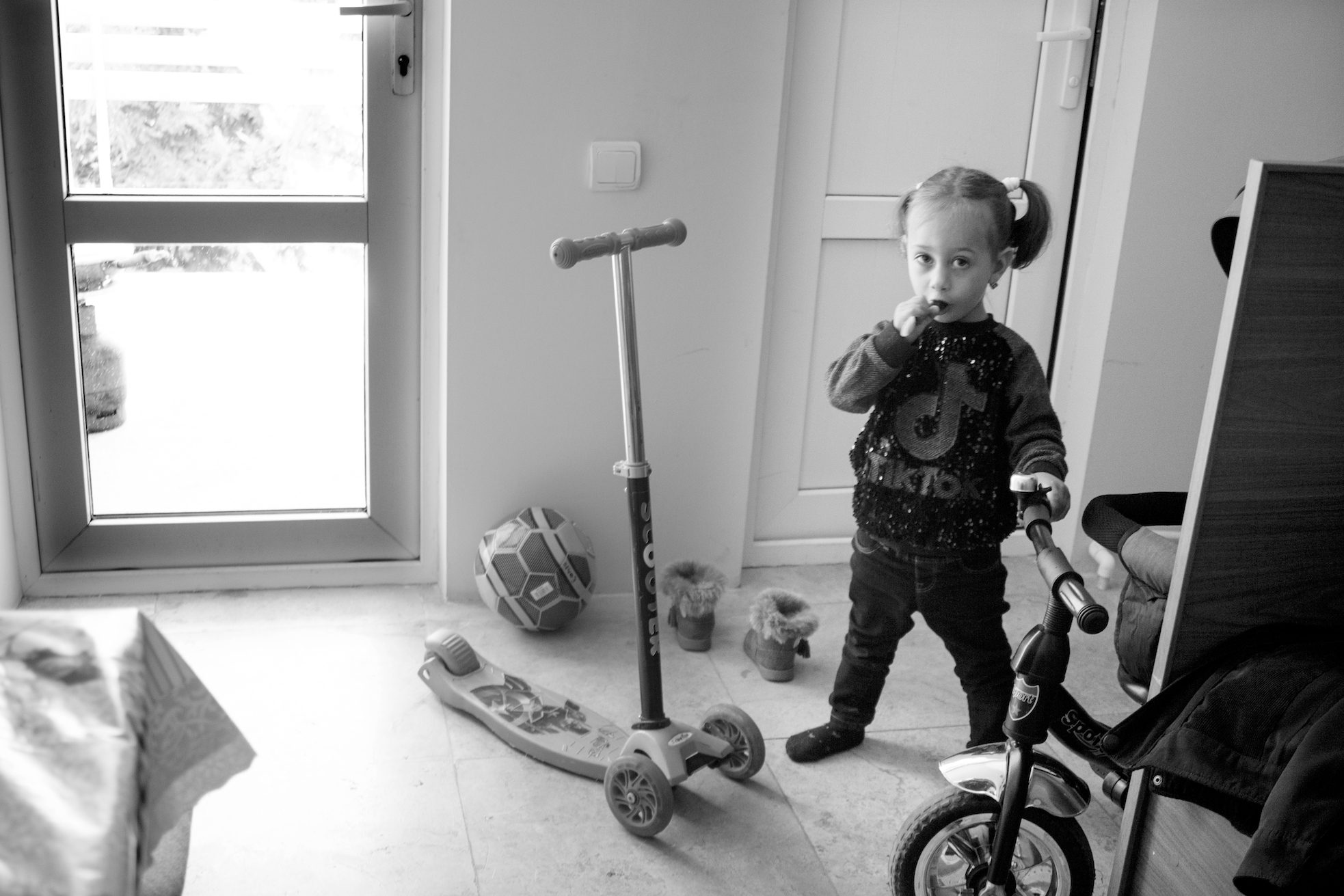

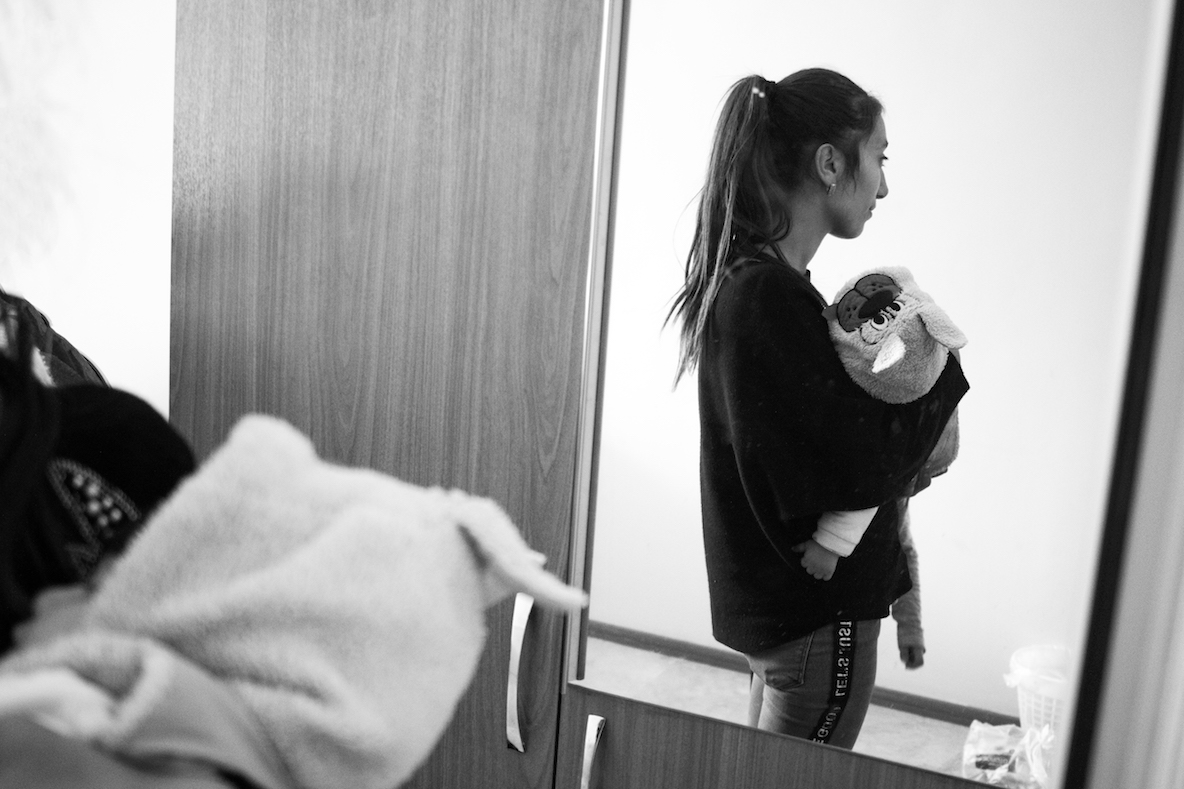
Knar and her family currently live in the Sport and Culture Center in Abovyan. There are 100 people living in the center.
There are 5,300 Artsakh Armenians living in Abovyan.
Kristine Sahakyan, Martakert Region, Haterk Village
I have five children and my youngest was born on September 22 in the Stepanakert hospital.
I was in the Martakert hospital on the 19th because there was no fuel. The journey from our village to the city could be difficult had I gone into labor. So,my doctor decided that I should check into the hospital a few days before my due date to be on the safe side.
When the fighting broke out, I was in the hospital while my husband stayed home with our four children. On the 20th, my doctor drove me to Stepanakert in her personal car. Meanwhile, my husband and kids also made their way there.
Upon reaching Stepanakert, I insisted on finding my family before going to the hospital. I had received no news of them and kept asking anyone I saw from our village about them. I was consumed by thoughts of worst case scenarios and was distraught. My doctor arranged with the Russians for an ambulance to take me to the hospital, but I refused. I needed to find my children first. After a couple of hours, they finally arrived. I learned that they had to switch trucks multiple times along the way. When I saw them, they were covered in rust and mud. Somehow, my husband had managed to get the children out of our village.
We sought shelter in the university basement, and two days later, I was transferred to the hospital to give birth. After the birth, I returned to the basement with my newborn in my arms. For several days, we were told that buses would come for us, but none arrived. On the 24th, the doors were simply opened and everyone was invited to leave. The uncertainty was terrifying as anything could happen at any moment.
We left without any documentation. It wasn’t until we arrived in Armenia that we were able to get a birth certificate.
The nine months of pregnancy during the blockade were the worst of my life. Nine months with insufficient food and no medication. People would say, “You hardly ate, what kind of a child do you expect to give birth to…” But it is fine, my son is healthy now.
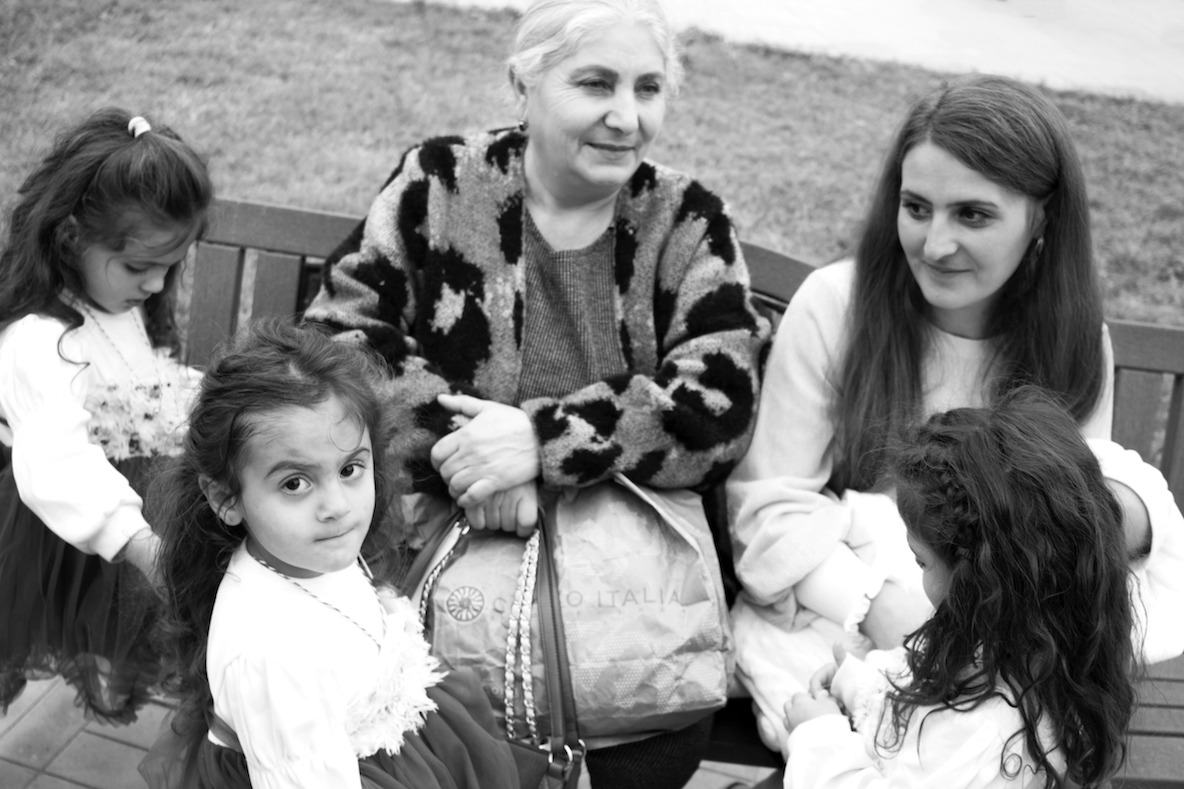
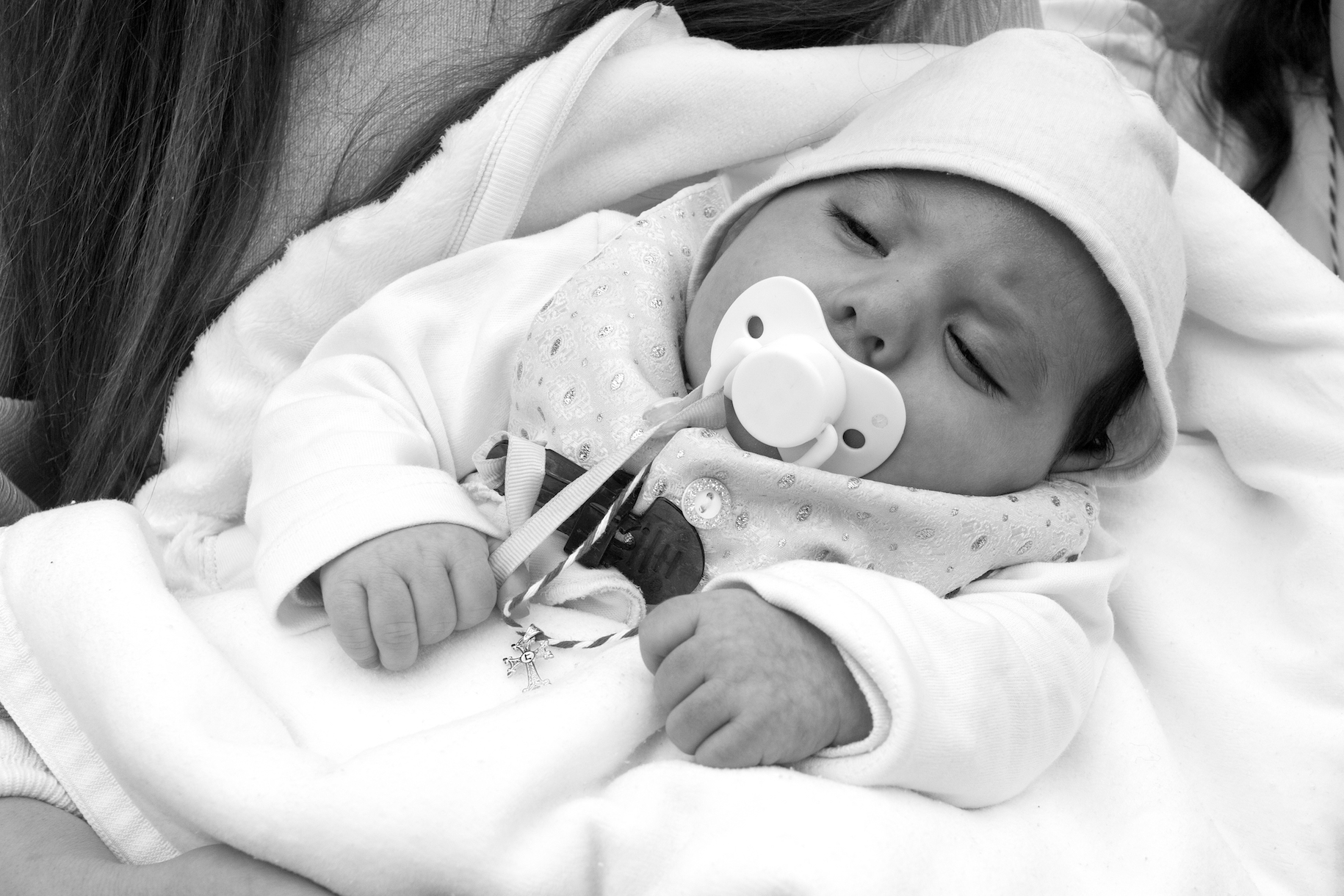
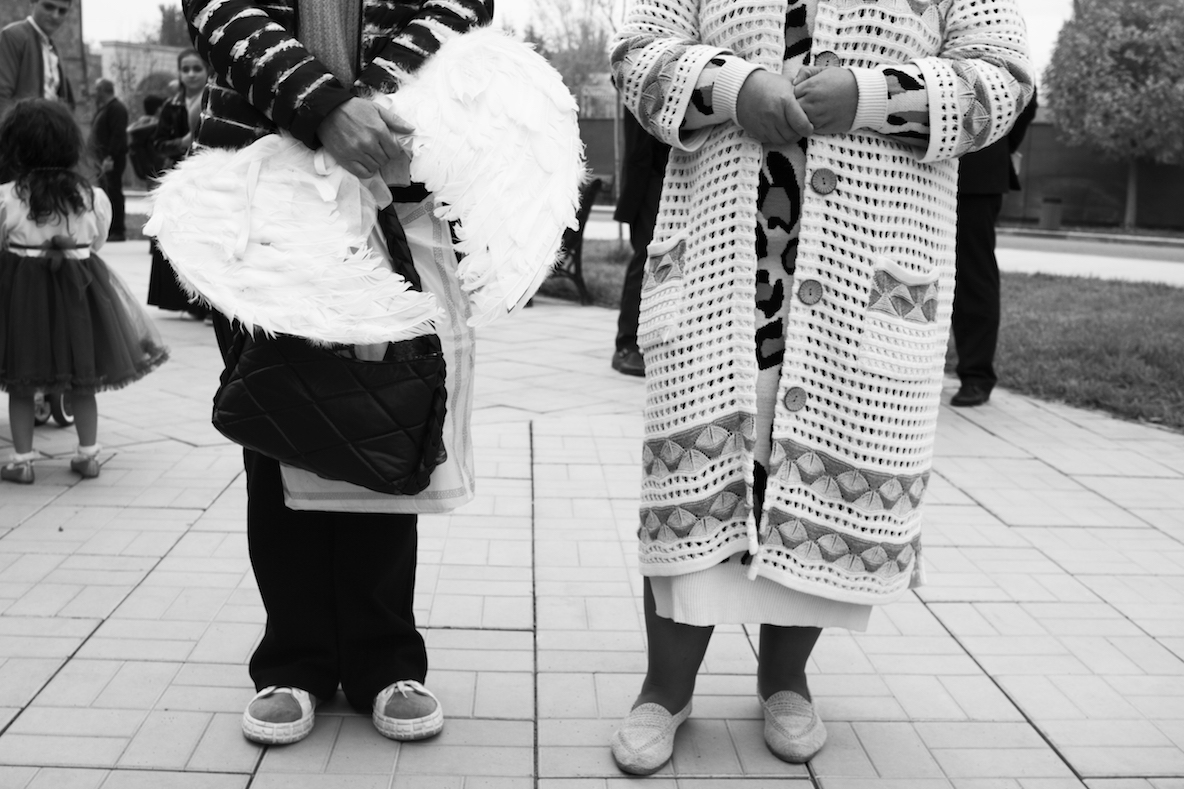
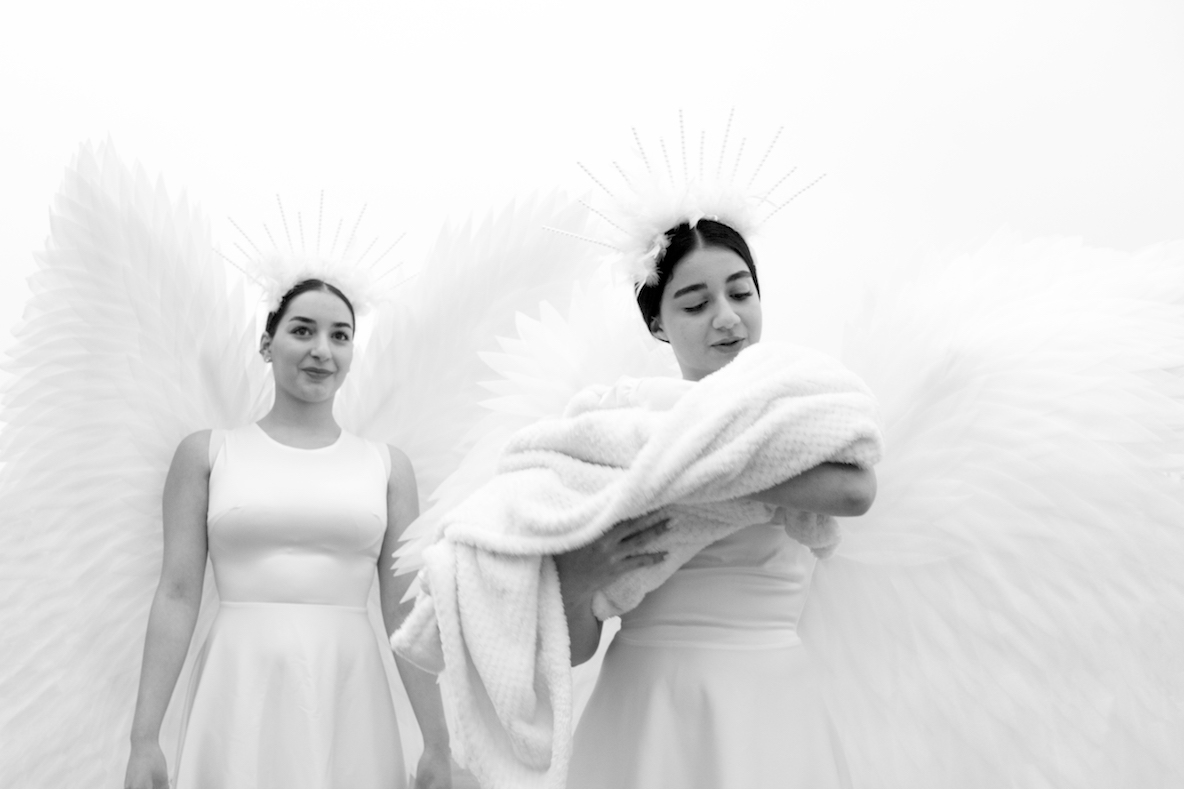
Kristine and her family currently live in the town of Masis. On November 14, 2023, 140 children from Artsakh were baptized in the local church, among them Kristine’s five children.
There are now 12,000 Artsakh Armenians living in Masis.
Also see
But Now I Dance
As the lights dim on the stage of the Opera, it’s not difficult to imagine that 136 pieces of shrapnel and bullets have been removed from the bodies of the boys on stage. As they dance, all one sees is their passion to keep living.
Read moreSo That in the End, Good Triumphs Over Evil…
Specialists from the Ministry of Internal Affairs are working to alleviate the anxiety of the forcibly displaced children from Artsakh by offering psychological first aid. Their journey is captured in this photo story by Ani Gevorgyan.
Read moreIn Search of a New Home: Zorak
More than 500 forcibly displaced Armenians from Artsakh are now in the village of Zorak in Armenia’s Ararat region, where several families are living together in one house, some even in their trucks. Photojournalist Ani Gevorgyan tells their story.
Read moreThe Karma of Our Times: To Live and Create With War
Living in war and its consequences requires great strength and mental effort. Photojournalist Ani Gevorgyan talks to people “who create and live in art”, who believe we have to learn to live with war and not run away from reality.
Read moreThey Are Not Helpless
Two years after the end of the 2020 Artsakh War, wounded soldiers are trying to return to some sense of normalcy. Their strength and resolve are captured by photojournalist Ani Gevorgyan.
Read more





